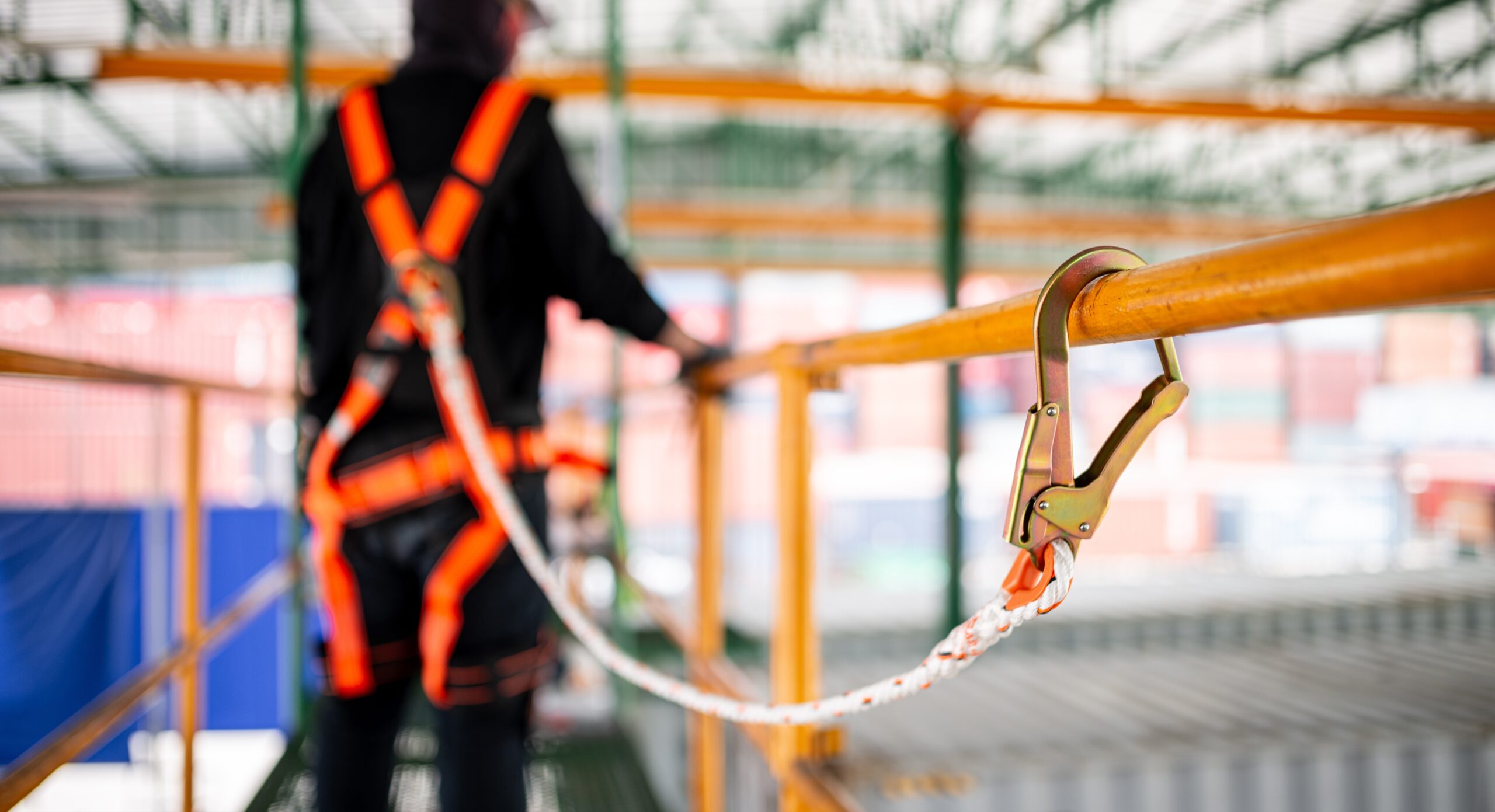In many industries, lone workers play a crucial role in maintaining operations, often performing tasks in isolated or remote locations without direct supervision. However, working alone presents unique risks that require specialised safety measures.
While providing lone workers with advanced safety devices, such as GPS-enabled duress alarms, is essential, it is equally important to ensure they are properly trained to use these tools and understand the safety protocols. Training is critical for ensuring the proper use of lone worker devices and tools.
Why training is crucial for lone worker safety
Training is a fundamental component of any safety programme, particularly for lone workers. It equips employees with the knowledge and skills they need to recognise potential hazards, respond appropriately to emergencies, and use safety devices effectively.
Without adequate training, even the most sophisticated safety equipment can be rendered ineffective, as workers may not know how to use it correctly or understand the importance of following safety protocols.
Key benefits of training for lone worker safety:
- Empowerment: Training empowers lone workers by giving them the confidence to handle emergencies and the skills to use safety alarms and devices efficiently.
- Compliance: Proper training ensures that workers comply with Australian lone worker safety legislation, reducing the risk of penalties and legal liabilities.
- Risk mitigation: By educating workers on the risks they face and how to mitigate them, training helps prevent accidents and incidents before they occur.
- Improved response: In the event of an emergency, well-trained workers are more likely to respond quickly and correctly, reducing the severity of the incident and improving outcomes.
Core elements of effective lone worker training
To maximise the effectiveness of lone worker training, it is important to cover several key areas. These elements should be tailored to the specific needs of your workers and the environments in which they operate.
1. Risk identification and assessment
The first step in any training programme is to educate workers on the specific risks associated with their job roles. This includes identifying potential hazards in their work environment, understanding how these risks can affect their safety, and learning how to assess the level of danger in different situations.
Topics to cover:
- Common hazards: Discuss the common hazards to lone worker safety. These may include slips, trips, and falls, exposure to hazardous materials, or interactions with aggressive individuals.
- Risk assessment techniques: Teach workers how to conduct a risk assessment before starting a task. This might include checking their surroundings, ensuring their equipment is in good working order, and identifying potential escape routes.
- Personal safety strategies: Provide guidance on how to minimise risks through safe work practices. This can include maintaining communication with supervisors, using protective equipment, utilising lone worker apps, man down alarms, and other devices, and staying aware of their surroundings.
2. Emergency response procedures
Training on emergency response procedures is critical for lone workers, as they must know how to react quickly and effectively when faced with an emergency. This training should cover the specific steps workers need to take in various scenarios, from medical emergencies to encounters with hostile individuals.
Topics to cover:
- Emergency communication: Teach workers how to use their safety devices, such as the SafeTCard ID, to communicate with monitoring centres or emergency services. This includes how to activate an SOS button, use two-way communication features, and provide accurate location information.
- First aid and CPR: Basic first aid and CPR training can be life-saving in the event of an accident or medical emergency. Ensure that workers know how to administer first aid and when to call for professional medical assistance.
- Evacuation plans: In cases where evacuation is necessary, workers should know the fastest and safest routes out of their work area. Training should include practising evacuation drills and understanding the importance of staying calm and following the plan.
3. Use of safety devices
Providing lone workers with safety devices is only effective if they know how to use them correctly. Training should focus on familiarising workers with the features of their devices, ensuring they are comfortable using them in various situations.
Topics to cover:
- Device features: Provide detailed training on the specific features of the safety alarms being used. Features such as GPS tracking, fall alert devices, and emergency communication capabilities are fantastic supports for lone worker safety.
- Routine checks and maintenance: Teach workers how to perform routine checks on their devices to ensure they are functioning correctly. This includes checking battery levels, testing the device’s functionality, and understanding how to report any issues.
- Scenario-based training: Use real-life scenarios to help workers practise using their devices in different emergency situations. For example, simulate an emergency where the worker needs to press the SOS button and communicate with the monitoring centre.
4. Legal and regulatory compliance
Lone workers need to be aware of the legal and regulatory requirements. This includes understanding their rights, the responsibilities of their employer, and the specific regulations that apply to their industry.
Topics to cover:
- Workplace safety laws: Provide an overview of relevant workplace safety laws and regulations, such as the Work Health and Safety (WHS) Act in Australia.
- Company policies: Ensure that workers are familiar with the company’s safety policies and procedures, including reporting protocols, incident management, and the use of safety equipment.
- Incident reporting: Train workers on the importance of reporting incidents and near-misses, and explain how this information is used to improve safety measures and prevent future accidents.
5. Continuous learning and development
Safety training should not be a one-time event. To maintain a high level of safety awareness and competence, it is important to provide ongoing training and development opportunities.
This helps workers stay up-to-date with the latest safety practices and technologies, and reinforces their commitment to maintaining a safe work environment.
Strategies for continuous learning:
- Regular refresher courses: Schedule regular refresher courses to review key safety concepts and update workers on any changes to safety protocols or equipment.
- Workshops and seminars: Encourage workers to participate in safety workshops, seminars, and industry conferences where they can learn about new developments in workplace safety.
- Online training modules: Offer online training modules that workers can complete at their own pace. This is particularly useful for covering new safety technologies such as lone worker phone apps (e.g. SafeTCard Mobile App) or updates to legal requirements.
- Feedback and improvement: Create a feedback loop where workers can share their experiences and suggest improvements to the training programme. Use this feedback to continually enhance the training materials and delivery methods.
Prioritising training for lone worker safety
Training is a critical component of any effective lone worker safety programme. By providing comprehensive and ongoing training, employers can ensure that their lone workers are well-equipped to recognise risks, respond to emergencies, and use safety devices effectively.
This not only enhances the safety and well-being of workers but also contributes to a stronger safety culture within the organisation.
Investing in quality training programmes is an investment in the safety and security of your lone workers. With the right training, you can empower your employees to perform their duties confidently and safely, knowing they are prepared to handle any situation that may arise.
More from SafeTCard:




